Content
First steps

Developing an IP strategy: how to protect your intellectual property
Intellectual property (IP) is a valuable asset for every company. It includes trade marks, patents, designs, copyrights and trade secrets – everything that makes your company unique and competitive. But you need a clever strategy to protect and use those assets as efficiently as possible. On this page we explain how to identify, prioritise and effectively protect your IP.
Step 1: Identifying intellectual property – what can I protect?

STEP 1: What CAN I protect?
The first step is to identify your intellectual property. Besides trade marks, patents and designs this also includes copyrights, trade secrets as well as your company’s know-how or show-how. Show-how refers to the knowledge of how to offer a product or service and gain profit from it. Think about all the particular measures, structures and/or sequences that are relevant to producing your product/service and whether they constitute a competitive advantage. Using an IP audit can help with that.
Reasons for an IP audit
An IP audit looks at how future-proof your company’s IP strategy is, what potential there is when it comes to the handling of patents, trade marks, designs and copyrights, what strengths, weaknesses, opportunities and risks there are and whether it is possible to save IP costs and use public funding for the registration of intellectual property rights.
The ![]() free online tool "WIPO IP Diagnostics" offers you an easy introduction to the topic. You can use it conveniently via your computer or smartphone - without any prior knowledge. The tool guides you through a structured catalogue of questions in which you reflect on various aspects of your company. The topics and questions cover all business areas in which intellectual property can play a role. Your answers will result in a customised report on your company's potential IP assets and an overview of how these can be managed. This report can then be used as a starting point for developing an IP management strategy for your organisation.
free online tool "WIPO IP Diagnostics" offers you an easy introduction to the topic. You can use it conveniently via your computer or smartphone - without any prior knowledge. The tool guides you through a structured catalogue of questions in which you reflect on various aspects of your company. The topics and questions cover all business areas in which intellectual property can play a role. Your answers will result in a customised report on your company's potential IP assets and an overview of how these can be managed. This report can then be used as a starting point for developing an IP management strategy for your organisation.
Step 2: Identifying intellectual property – what do I have to protect?
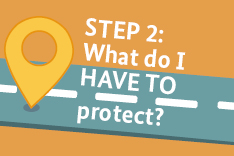
STEP 2: What do I HAVE TO protect?
Not every intellectual property has the same importance for your business goals. In the seed or start-up stages especially you should rank your intellectual property according to its relevance for the success of your business. Find out which IP is your most important asset that generates the majority of your revenue and concentrate your efforts on it. It is only when you understand the value and the potential of your intellectual property that you can make informed decisions about its commercialisation and licensing.
Step 3: Defining the IP rights strategy – how can I protect what?

STEP 3: HOW can I protect WHAT?
Protecting your intellectual property requires multiple measures on different levels. It all depends on which intellectual property you want to protect and which means and markets you want to use. For example, you can register your intellectual property with the DPMA, keep it secret or set up contracts and policies for confidentiality and security with the partners in your value chain and your employees.
If you have not yet done so, you should check if the intellectual property you identified is freely available, meaning that there are no patents, trade marks or other intellectual properties held by third parties. Thorough research is crucial! Using a Freedom to Operate (FTO) analysis, you can find out about valid property rights and make sure that your product does not infringe upon existing property rights when it is launched.
Make sure you get all necessary information about existing IP rights before filing an application:
- Is my invention really new? Has another person already registered a similar patent or utility model?
- Does the name of the trade mark I want to apply for already exist? Is my draft similar to a registered design or trade mark?
Necessary components of an IP strategy
Your IP strategy should be aligned to your company, your industry and your market setting. You also need to consider your risk appetite and which financial and human resources you are willing and able to use.
An IP strategy consists of:
- Legal measures
- Make sure your plans do not infringe upon the existing property rights of third parties. You can find this out by conducting a thorough search.
- Have your intellectual property registered. This is the only way you can enforce your rights.
- Monitor your markets and your IP rights so you can detect and prosecute infringements quickly.
- Check if it makes sense to conclude confidentiality agreements with business partners and suppliers.
- Organisational measures
- Define the responsibilities for intellectual property rights within your company and allocate a budget for them.
- Set up processes to manage your IP rights.
- Establish mechanisms to detect and handle unauthorised copying.
- Ensure the protection of confidential information and trade secrets within and outside your company and train your employees to recognise the dangers regarding
 cybertheft (in German) and cybercrime.
cybertheft (in German) and cybercrime.
- Technical measures
- If possible, you can integrate non-replicable elements (so-called "black boxes") in your products – without those your products don’t work.
- You can also use counterfeit-proof markers on products and packaging. This way you, your customers and customs can quickly and safely determine if a product is an original or fake.
- Implement a robust IT infrastructure to defend yourself against cyberattacks on your trade secrets.
Step 4: How and where do I conduct my search?

STEP 4: HOW and WHERE do I research?
Use the free DPMA databases or other providers to get a first impression of whether your invention is new or if your desired trade mark name is already protected. Regional patent information centres offer professional support and conduct searches (subject to a fee).
Invest enough time in your search to avoid costly surprises and unintentionally infringing upon the rights of third parties.
Step 5: Where can I have IP rights registered?

STEP 5: WHERE can I register something?
The DPMA is your competent partner for filing IP rights in Germany – in person and also completely digitally. All the required forms, information about documents and fees are available on our website. If you have any questions, please don’t hesitate to ask our Customer Care and Services.
Faster than you think: In the case of trade marks, designs and utility models the filing takes about three months (with an error-free application). For patents, the process on average takes three to five years; after 18 months the filing is published. For the period between this publication and the conclusion of the examination procedure, a split-off utility model may offer faster protection.
The 5 most frequent mistakes SMEs and companies make regarding IP:
what NOT to do
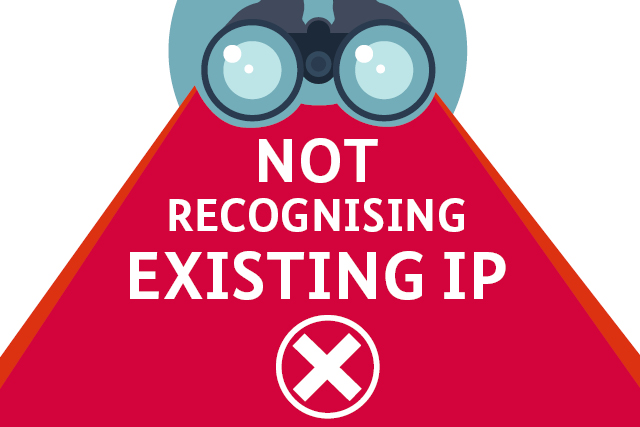

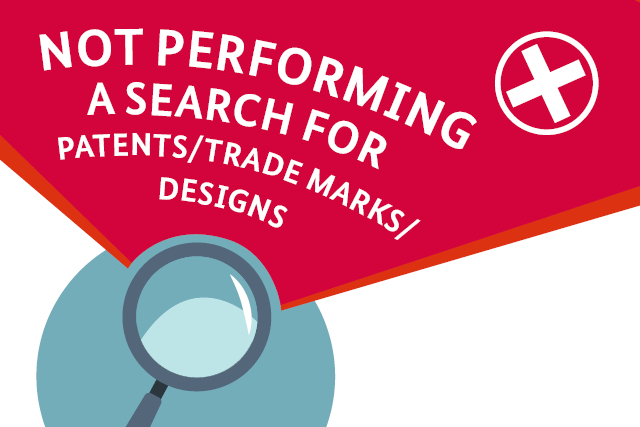
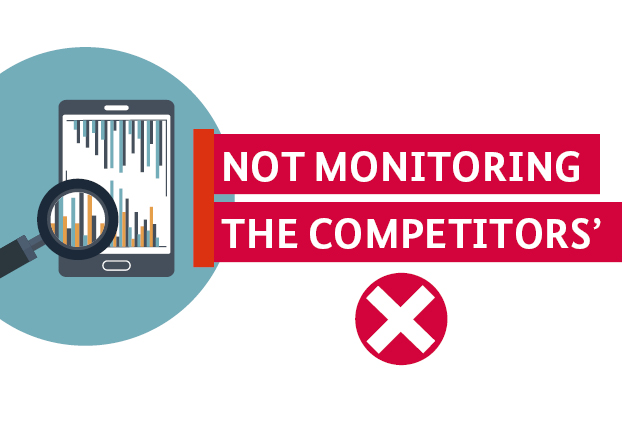
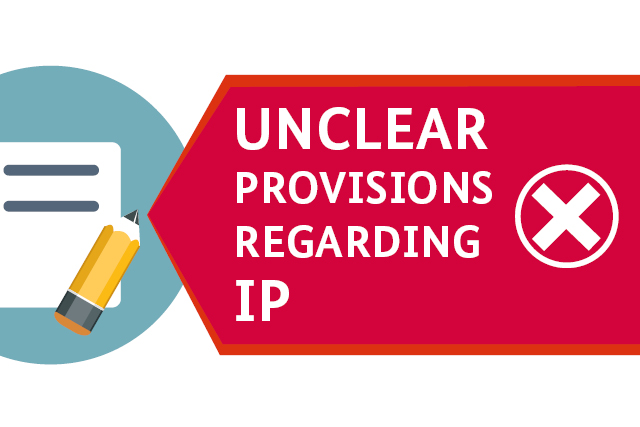
Picture 1: iStock.com/skynesher, DPMA, weitere Bilder: DPMA
Last updated: 10 December 2025
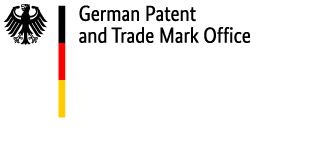
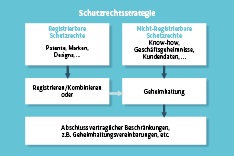
Not only protecting innovations
Social Media